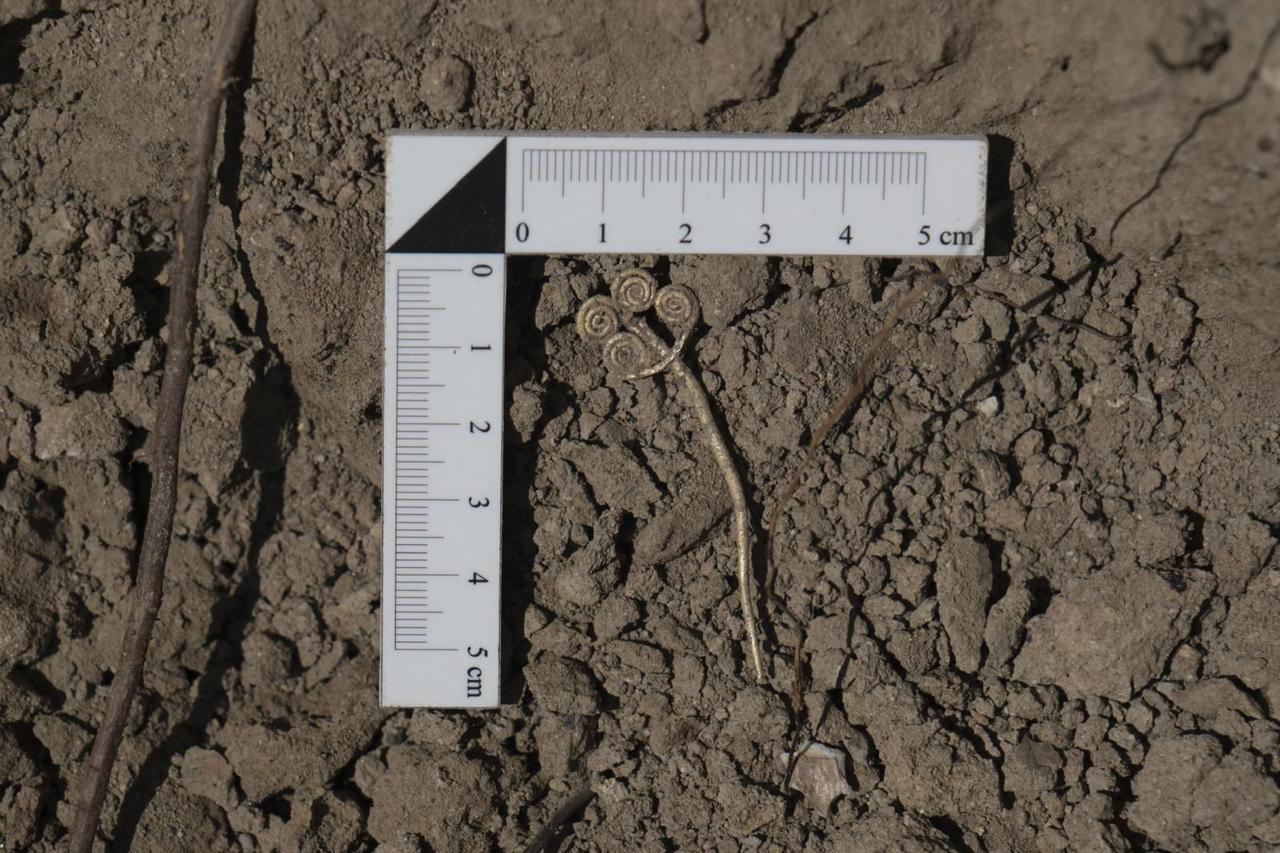
Archaeologists in Türkiye have uncovered a 4,500-year-old gold brooch and a rare jade stone during ongoing excavations at the ancient city of Troy.
The discovery, described as one of the most significant archaeological finds of the past century, has drawn global attention.
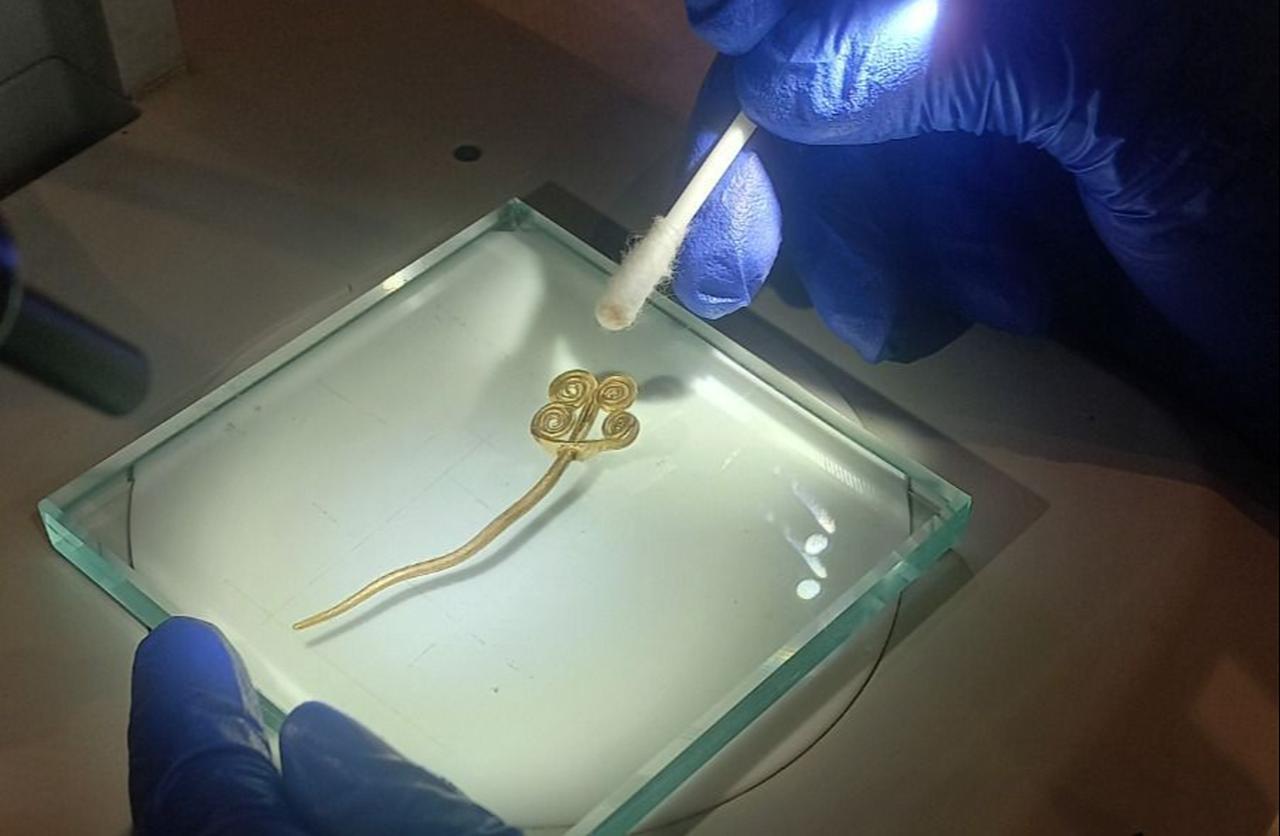
The excavations, which have been carried out at Troy for more than 160 years, revealed a gold brooch with a ring-shaped form dating to around 2,500 B.C., during the Early Bronze Age.
Alongside the brooch, researchers also brought to light a bronze pin and a jade stone, both found in the same archaeological layer.
These items were uncovered within the framework of the Turkish Ministry of Culture and Tourism’s “Heritage for the Future” project, which supports long-term excavations across the country.
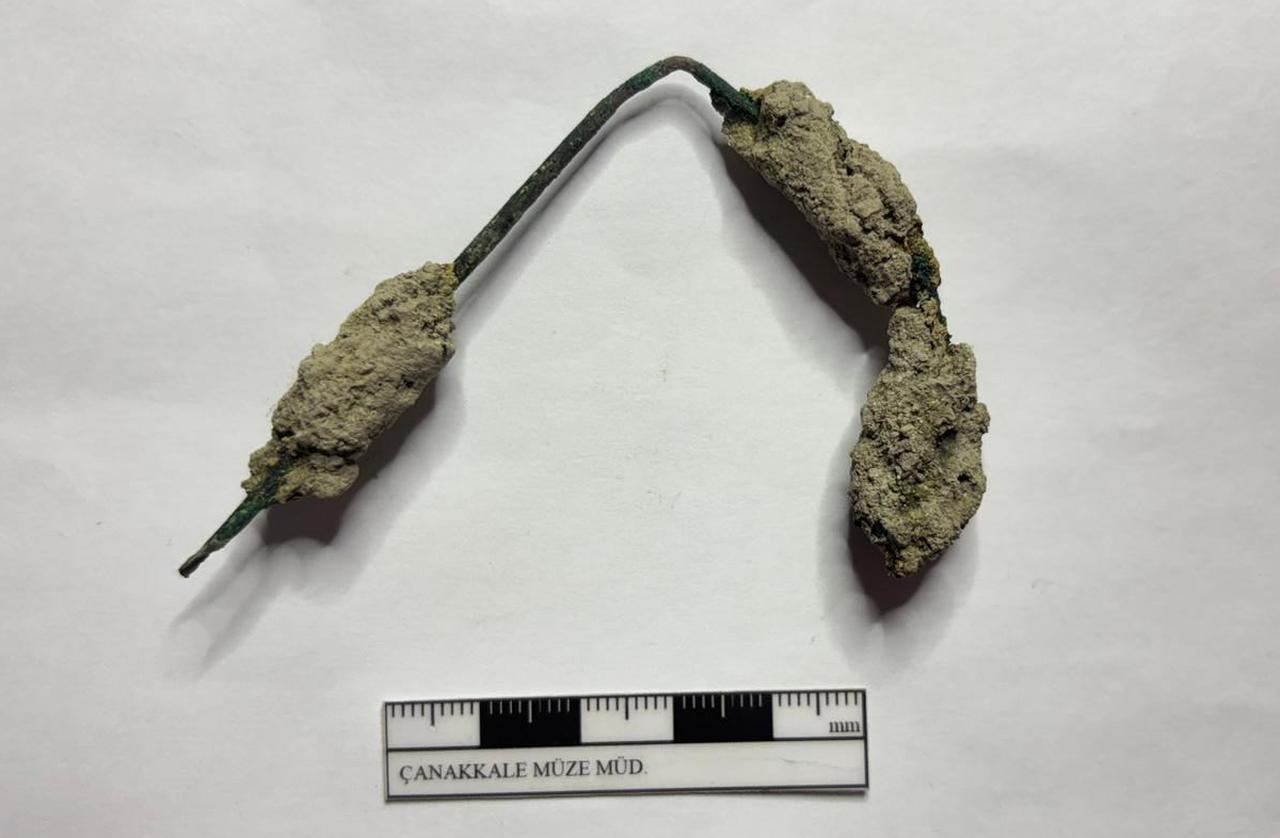
Culture and Tourism Minister Mehmet Nuri Ersoy emphasized the significance of the find in a statement on his social media accounts.
He noted that the brooch was one of only three examples known worldwide, yet the best preserved among them.
He described the object as “one of the most important discoveries of the last 100 years.”
He added that the jade stone, which was considered a luxury item some 4,500 years ago, stood out as an extraordinary example within the archaeological record.
Both objects will soon be displayed at the Troy Museum, located close to the excavation site.
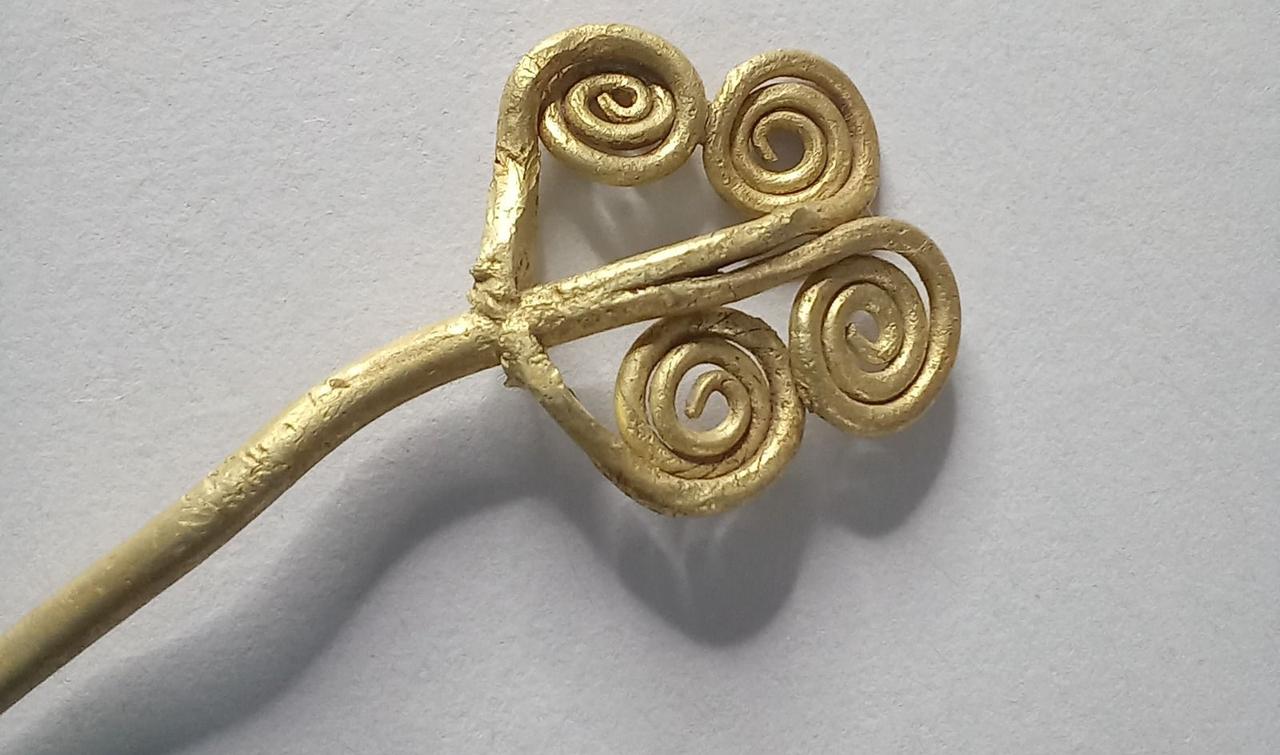
The brooch was unearthed in the layers of Troy II, one of the early settlement phases of the site.
Scholars have long debated the beginning of this period, with estimates ranging between 2,300 and 2,200 B.C. The discovery has now provided clear evidence, dating the layer firmly to around 2,500 B.C.
This breakthrough helps refine the chronology of Troy’s early history, which has been central to archaeological research for decades.
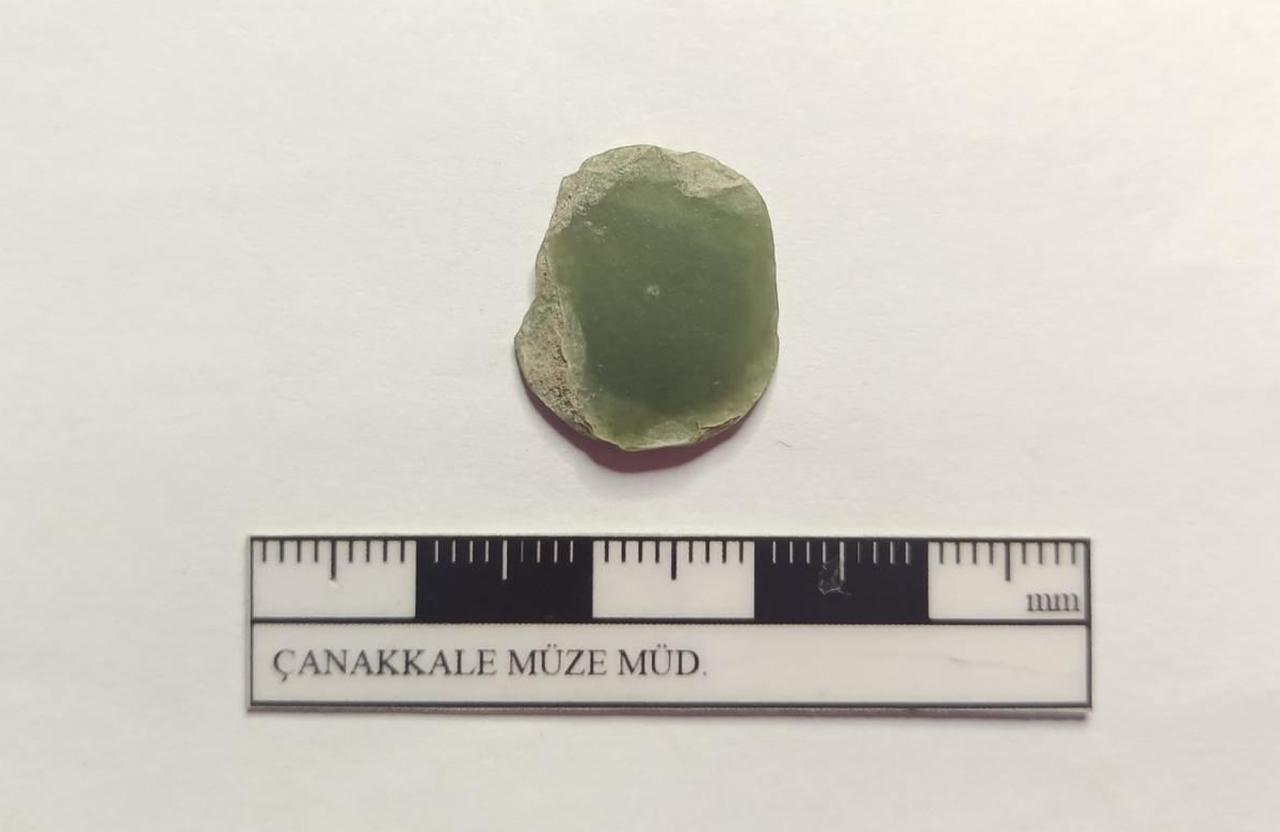
The jade stone adds further value to the discovery. Found in the same context as the brooch, it is thought to have been used as part of a ring or as a decorative object.
Its rarity within Anatolian archaeological finds highlights the role of Troy in trade and cultural exchange during the Early Bronze Age.
Jade, often associated with distant regions, was a high-status item that symbolized luxury consumption thousands of years ago.
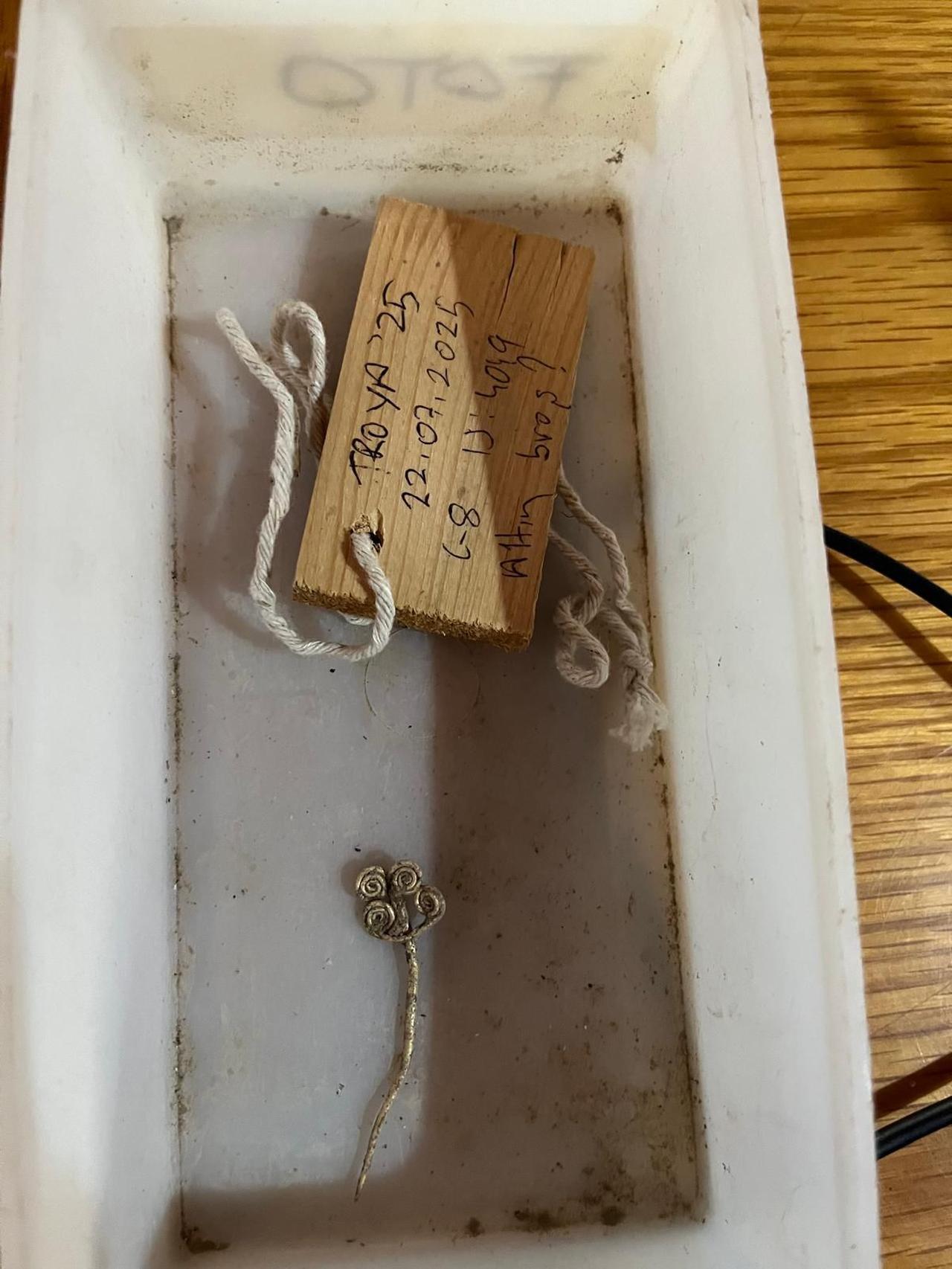
In line with the principle of exhibiting artifacts in the regions where they are found, the brooch and jade stone will be placed on display at the Troy Museum.
The institution, already a center for visitors and scholars interested in the ancient city’s history, will now house two exceptional finds that shed new light on the social and cultural life of Troy’s earliest inhabitants.